Premium Only Content
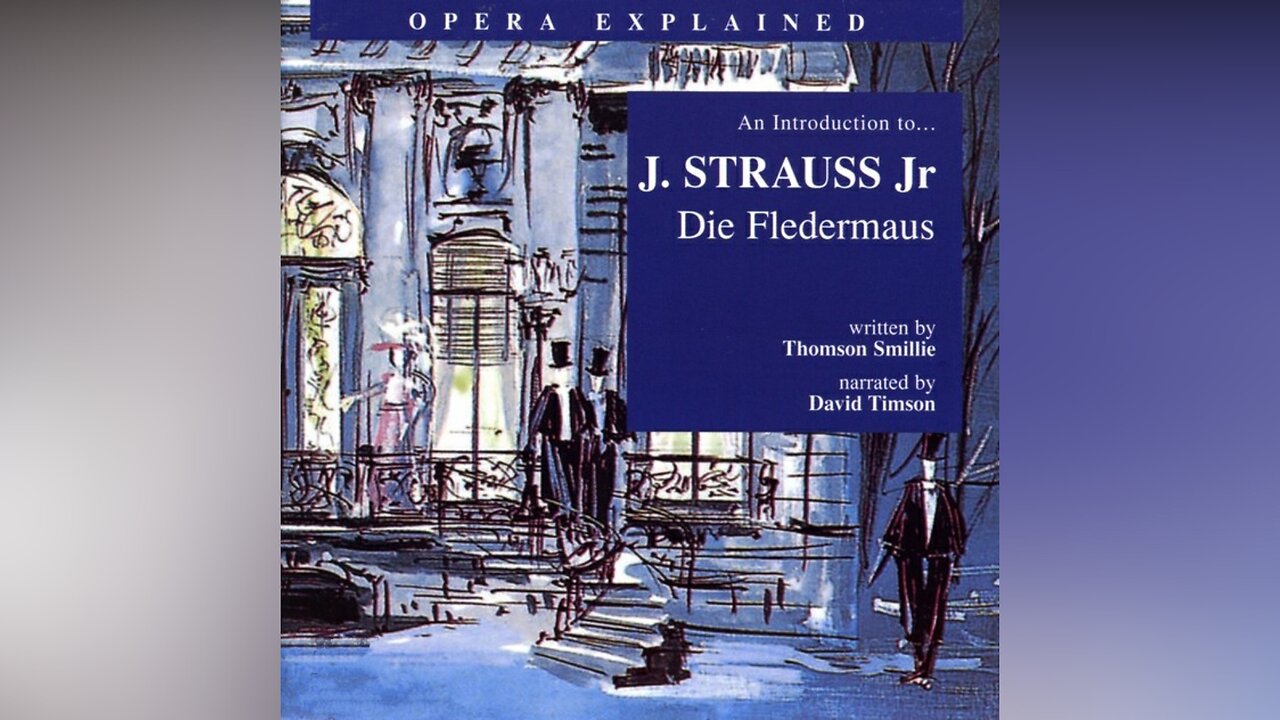
Opera Explained | Die Fledermaus by Johann Strauss Jr. (Audio)
"An Introduction to...Johann Strauss Jr. - Die Fledermaus" written by Thomson Smillie, narrated by David Timson.
To the question ‘Is there any such thing as great light music?’ we can answer with a resounding cry of ‘Yes! Die Fledermaus!’ Johann Strauss Jr. created a work which is remarkable in the way it immortalises an era. Nostalgia for lost empires is potent stuff, and we find it in the writings of the Dark Ages after the Fall of Rome as well as in the popularity of Merchant Ivory films. The Austro-Hungarian Empire in the last quarter of the nineteenth century was the decaying stump of the once-mighty Holy Roman Empire. In Voltaire’s famous remark this was not in the least holy, not very Roman, and never really an empire, despite which it gave rise to an especially potent brand of nostalgia. That nostalgia is distilled into its purest form as a waltz, the hypnotic dance in three-time which began life as the last word in daring (partners facing each other in highly unsuitable physical proximity) and ended up as a symbol of lost innocence.
The quality of Die Fledermaus is clear from just a few seconds of the overture. Composers agree that the first few bars of an opera create an indelible impression, often producing the expectation of success or failure. The beginning of Die Fledermaus reminds us of the explosive uncorking of champagne bottles – and quite right too, as the benign influence of bubbly will be as decisive in shaping the action as is Chianti in The Elixir of Love, or Brangaene’s potion in Tristan und Isolde, or Albert Herring’s spiked lemonade, or… you can see the point.
The celebrated Fledermaus waltz, with its swirling, downward-rushing melody, suggests a sort of half-inebriated gaiety, and the accelerando trio, appearing first in the overture, hints at one reason why Die Fledermaus enjoys such universal admiration among both newcomers to opera and seasoned experts. Strauss had a genius for using conventions of grander opera – like the so-called ‘Rossini crescendo’ – to incredible comic effect. Later in the opera we shall hear great concerted ensembles, big set arias, melodrama (speaking over music), even a travesti role (a woman in trousers playing a man’s part). All the trimmings of grandeur but applied to a story which is as light and frothy as the cream on a slice of sachertorte.
Before the action the hero Eisenstein had publicly embarrassed Dr Falke (The Bat of the title). By tricking a disguised Eisenstein into wooing his own wife, also disguised, Falke is able to return the embarrassment and secure ‘The Bat’s Revenge’, which is the unofficial subtitle of the piece. Strauss’s score will exploit every opportunity for gaiety, pathos, high comedy, and, above all, sweet nostalgia. Nostalgia, the cynics may say, is not what it used to be, but as long as Die Fledermaus is performed, it is.
Tracklist:
- Opera or operetta?
- The history of the times and the Strauss family
- The background to Die Fledermaus and the overture
- The story begins
- Dr Falke
- Act I – Finale
- Act II – Prince Orlofsky’s palace
- Mistaken identities
- Rosalinde’s Czardas
- Act II – Finale
- Strauss dance numbers
- Act III – in the jail
- The Bat’s revenge
Performance:
Gabriele Fontana, Josef Hopferwieser, John Dickie, Brigitte Karwautz, Rohangiz Yachmi-Caucig
Slovak RSO, Bratislava City Chorus
Conducted by Johannes Wildner
-
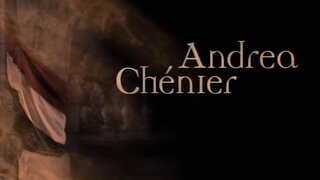 2:02:45
2:02:45
Adaneth - Arts & Literature
25 days agoGiordano: Andrea Chénier | Pavarotti, Guleghina, Pons - Levine, Joel (MET 1997-MULTISUB)
43 -
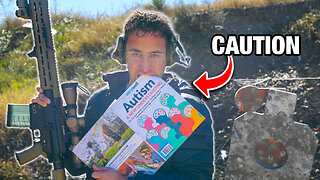 21:39
21:39
Nikko Ortiz
2 days agoI Take A North Korean Shooting
21.1K5 -
 1:46:26
1:46:26
The Michelle Moore Show
19 hours ago'The Religion Invasion In the U.S. and the Deep State Agenda' Guest, Mark Taylor: The Michelle Moore Show (Nov 3, 2025)
26.5K31 -
 LIVE
LIVE
TruthStream with Joe and Scott
5 days agoSovereign Codes & Cosmic Infrastructure,Ufo's, UAP's, Monads, Matrix Satellites, Interstellar Visitors, SYRONA #505
374 watching -
 LIVE
LIVE
Lofi Girl
2 years agoSynthwave Radio 🌌 - beats to chill/game to
165 watching -
 5:55:11
5:55:11
MattMorseTV
12 hours ago $93.78 earned🔴Trump's '60 Minutes' INTERVIEW + MUCH MORE.🔴
161K49 -
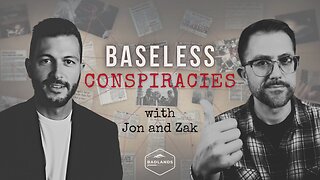 2:02:36
2:02:36
Badlands Media
16 hours agoBaseless Conspiracies Ep. 157: Jack the Ripper, the Crash & the Great Disclosure Countdown
38.3K23 -
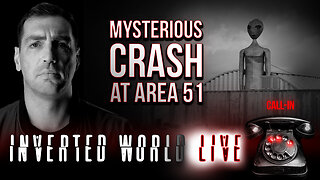 2:06:09
2:06:09
Inverted World Live
13 hours agoMysterious Crash at Area 51 | Ep. 134
42.3K16 -
 2:48:59
2:48:59
TimcastIRL
11 hours agoTrump Endorses Cuomo, Says NO COMMIE MAMDANI, Obama REFUSES To Endorse Mamdani | Timcast IRL
282K223 -
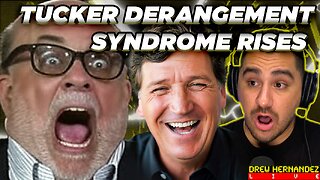 5:51:16
5:51:16
Drew Hernandez
1 day agoGOP CIVIL WAR: TUCKER CARLSON DERANGEMENT SYNDROME AT ALL TIME HIGH
58.3K42